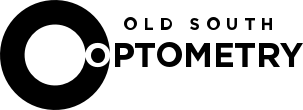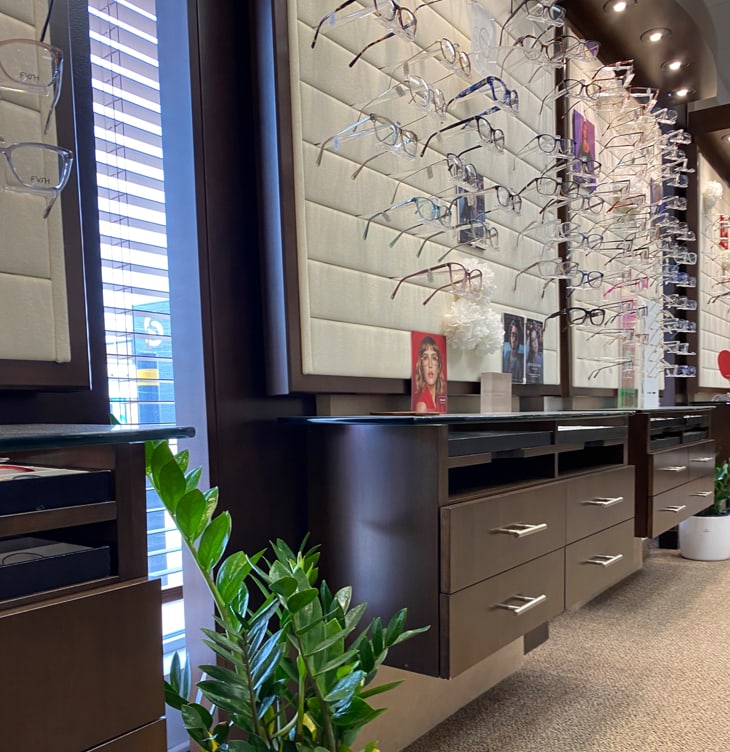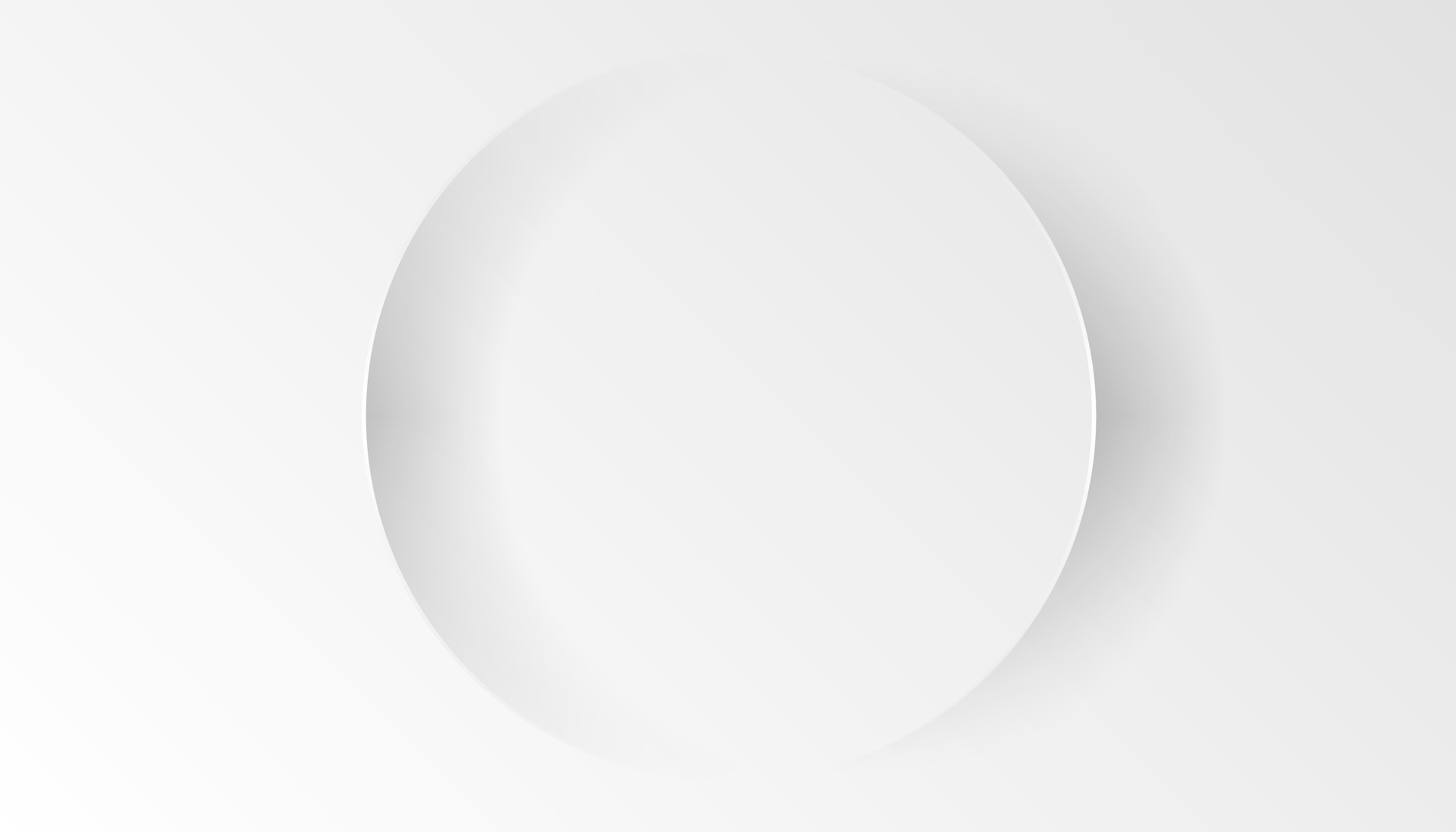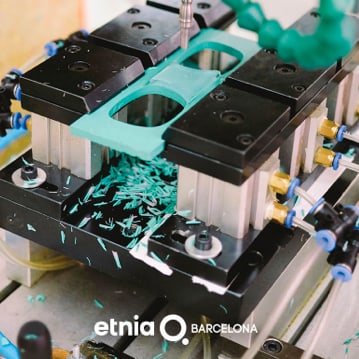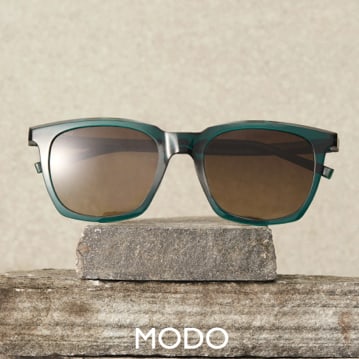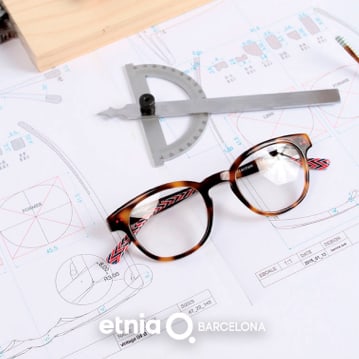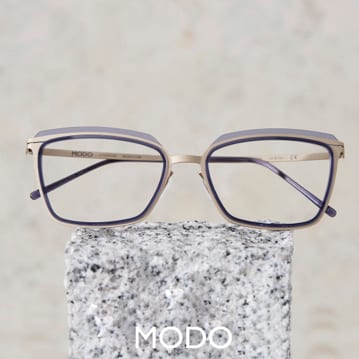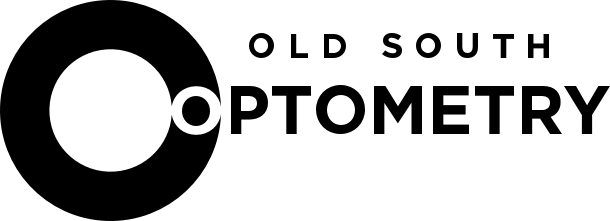Myopia Management: What Does It Involve?
Nearsightedness, also known as myopia, affects about one-third of children in Canada, and its prevalence is rising globally. By 2050, it is estimated that more than 50% of the world will be myopic.
Myopia is an eye condition that causes blurry vision at a distance. Fortunately, recent developments in eye care have successfully found ways to correct myopia, making it easier to live with. But, there are still risks involved with this condition.
The level of myopia increases the risk of serious sight-threatening complications as the eye ages, making it even more essential to find new ways to slow down myopia progression for children.
Myopia management is a medical therapy that your doctor may recommend to attempt to slow the progression of myopia. So, what can be done?
What Is Myopia?
Myopia is a type of refractive error. Refractive errors occur when your eye fails to focus light correctly on the retina. With myopia, the shape of your cornea or lens prevents light from bending properly when looking far away, creating constant blurred vision. As the eye elongates, so does the level of myopia.
Symptoms
Nearsightedness can develop gradually or suddenly, often worsening during childhood and adolescence. Some symptoms include:
- Blurry or hazy vision when looking at far away objects
- Squinting to try and read
- Frequent headaches
- Poor vision in low light
Children often hide or downplay their vision issues, either because they don’t want to wear glasses or simply because they don’t have a proper frame of reference of what their vision should be. There are signs your child may be struggling with their vision that you can monitor as a parent:
- Asking if they can sit at the front of the classroom
- Disinterest in sports that require long-distance vision
- Rubbing their eyes
- Moving closer to the TV
- Holding books closer to their face
Managing Myopia
To manage myopia symptoms, the best solution is to consult with an eye doctor to find a treatment that works for your child. The eyes and the lifestyle will determine the best myopia correction method: glasses, contact lenses, or orthokeratology. All of these options are safe and reliable for most children.
Preventing Myopia in the First Place
Slowing the progression of myopia is possible if it is detected early enough. Practicing outdoor activities for at least 2 hours a day and reducing near tasks to less than 2 hours per day is most beneficial to slowing myopia progression in children.
If you want to know if your child is at risk of developing myopia, book an eye examination with one of our eye doctors.
Regular Eye Exams
It may not always be obvious that the vision is worsening. It’s important to get regular eye exams to keep a close eye on whether the prescription changed or not. Wearing the correct prescription is vital in Old South Optometry’s myopia management strategy. It also allows eye doctors to assess your child’s risk of having fast progressive myopia.
From there, an eye doctor will be able to recommend treatment options. Make sure you discuss your day-to-day activities with your eye doctor to decide the best strategy for your child’s specific needs.
Myopia Control Strategy
Orthokeratology
You may have heard of Orthokeratology, also known as Ortho-K, as a treatment for myopia. A series of hard contact lenses are used to gradually flatten the cornea and reduce myopia. It requires wearing hard contact lenses to bed every night.
Wearing Ortho-K lenses only temporarily improve your vision. When you take the lenses out of your eyes, the cornea gradually returns to its original shape, and myopia returns.
Over a twelve-year follow-up period, overnight Orthokeratology successfully slowed the progression of myopia. It is considered by myopia specialists to be the most effective strategy in controlling myopia progression.
Eye Drops
Atropine eye drops are used to dilate the pupils. When administered in small doses to children older than two to three years, the drops may slow the development of myopia.
Although it is unclear exactly why these drops work for slowing myopia progression, doctors think that these drops may stop the eye from lengthening.
Glasses & Contacts for Myopia Management
MiSight
MiSight soft contacts are specifically designed to control myopia in children ages 8 to 12. The dual focus optical design of this daily-disposable soft contact lens gives your child clear vision and signals the eye to slow down in its growth.
Compared to single vision lenses, MiSight slowed the progression of myopia by 59%. By doing this, you help your child today and lower the risk of vision-threatening eye diseases in the future.
Myopia Control Eyeglass Lenses, Zeiss MyoVision, and Essilor Stellest Lenses
In addition to correcting refractive issues, these lenses also cause “peripheral myopic defocus” to project an image in front of the retina’s surface rather than its back, which increases nearsightedness.
Multifocal Contact Lenses
Historically used on people over 40 to help them see up close, multifocal contact lenses have also proven to aid in myopia control in children.
The soft multifocal contact lenses are shaped like a bullseye and have two basic light-focusing regions.
For clear long-distance vision, the center of the lens corrects nearsightedness and directs light onto the retina. The lens’s outer portion adds more power to focus the stray light rays in front of the retina.
Call Your Eye Doctor Today
Whether you’re a parent looking for tools to slow myopia progression in your child or an adult looking to manage your myopia, there are options for you. Book your appointment today with Old South Optometry to find the best solution for your vision.
